
Diabetes is a rapidly growing global medical condition that affects millions of people. With the number of diagnosed cases on the rise, it is crucial for individuals with diabetes to pay close attention to their diet. Since diabetes affects the body’s ability to produce or utilize insulin, it is important to consume foods with low sugar levels to maintain good health.
The good news is that fruits and vegetables are excellent choices for individuals with diabetes, with the caveat of being mindful of portion sizes. When included in the right proportions, these foods can help regulate blood sugar levels. While many vegetables are beneficial for diabetics, one vegetable that stands out is cabbage.
What Vegetables are Good for Diabetics?

If you’re wondering which vegetables are good for diabetics, the truth is that many of them are beneficial if prepared properly. However, there are a few that are particularly essential for diabetics, including broccoli, artichoke, lettuce, cabbage, eggplant, and peppers. While there are numerous other vegetables to choose from, let’s focus on cabbage for now.
Is Cabbage a Good Vegetable for Diabetics?
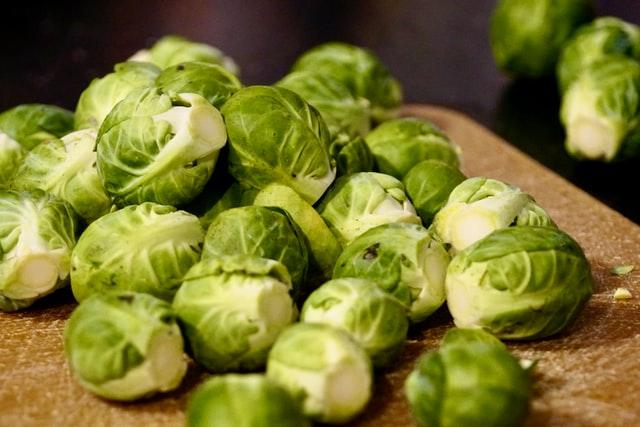
You may be skeptical about cabbage being a great option for diabetics. It’s true that cabbage may not be the most appealing vegetable in terms of taste and smell, and you may not have come across many cabbage recipes. But here’s the good news: cabbage doesn’t have to be boring! With the right cooking methods, cabbage can be both nutritious and delicious.
How to Cook Cabbage for Diabetics?

When it comes to cooking cabbage, there are three main types to choose from: green, red, and savoy. All of them are packed with essential nutrients such as manganese, fiber, and potassium. They also provide a good supply of glucosinolates, which are particularly beneficial for diabetics.
When cooking cabbage, it’s important to follow a simple process. Avoid cooking it on high heat or for too long, as this can lead to overcooked cabbage that loses its nutritional value. Instead, opt for lightly steaming or enjoying it raw. You can enhance the flavor by adding olive oil or lemon juice. By keeping the nutrients intact, you can enjoy the full benefits of this healthy vegetable.
Different Cabbage Recipes for Diabetics
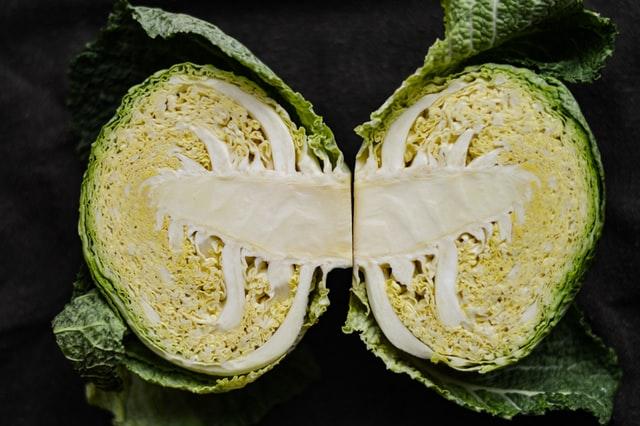
If you’re wondering what delicious recipes you can try with cabbage, we have some options to get you started:
Chicken Carbonara with Cabbage Noodles

If you love noodles, this recipe is for you. Prepare a chicken carbonara sauce using regular ingredients. Then, thinly slice the cabbage to resemble noodles. You can lightly steam the cabbage or enjoy it raw for added crunch. Layer the cabbage on a bowl and pour the chicken carbonara sauce on top. This delightful combination will leave you wanting more.
Easy Coleslaw
The easiest recipe to whip up is a coleslaw. Use yogurt, mustard, lemon juice, coleslaw mix, cabbage, dill, and salt to create a delicious coleslaw. This versatile side dish pairs well with any main course.
Cabbage Stir-fry
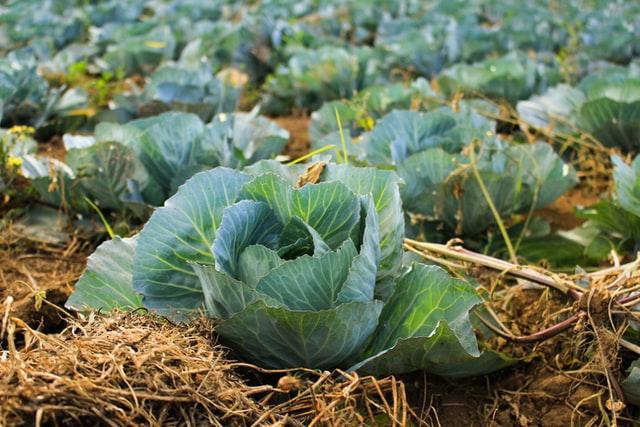
Another quick and easy recipe is cabbage stir-fry. You can create a stir-fry using leftover ingredients and cabbage. Add your choice of meat, vegetables with plenty of cabbage, spices, and any other desired ingredients. Mix it all up and enjoy a flavorful and nutritious cabbage stir-fry.
Cabbage Pancakes
Cabbage pancakes are savory and delicious snacks. Use almond flour, sour cream, a bit of hot sauce, and avocado oil to create these healthy pancakes. Enjoy them with savory dips to enhance the flavor.
Cabbage Salad
Cabbage salad is a classic recipe that never goes out of style. Try a typical cabbage salad using olive oil, lemon, cabbage, and a touch of mustard. Add different colorful cabbages to make it visually appealing.
Benefits of Cabbage for Diabetics

Cabbage offers several exceptional benefits for individuals with diabetes:
Keeps Blood Sugar Low
Cabbage is low in starch, making it an excellent choice for diabetics. Starch can worsen blood sugar levels, but cabbage contains no sugar, allowing you to incorporate it into your diet without worrying about spikes in your sugar levels. Red cabbage, in particular, helps reduce blood sugar levels thanks to its natural pigments called betalains.
Maintains Blood Pressure
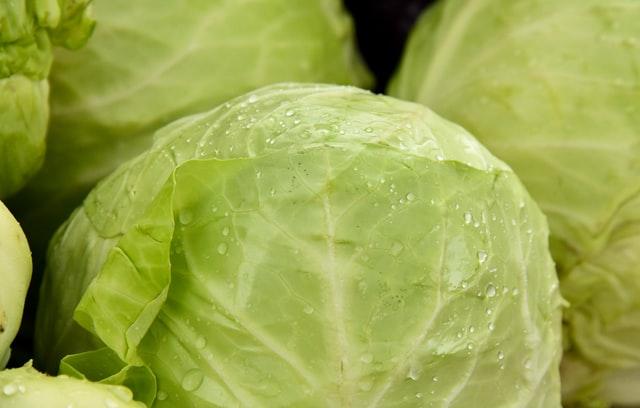
Cabbage contains antioxidants that are beneficial for everyone, not just diabetics. It also helps maintain heart health by containing polyphenols that help lower blood pressure. By including cabbage in your meals, you can lead a healthier life and support your heart health.
Enhances Kidney Functions
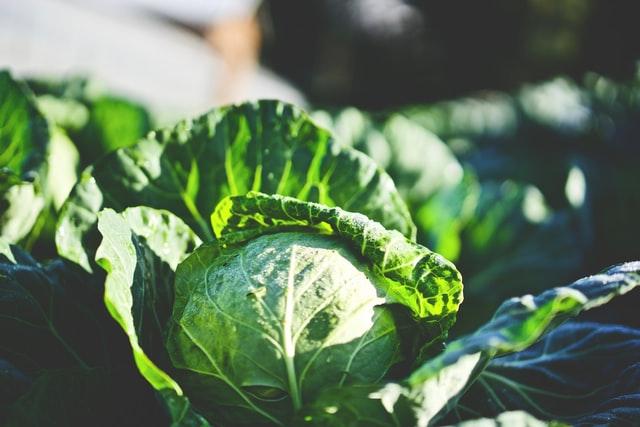
Cabbage also plays a role in improving kidney function. Diabetes can negatively impact the kidneys, leading to fluid loss and dehydration. Cabbage helps regulate blood sugar levels and supports kidney function, ensuring you stay hydrated and maintain proper fluid balance.
In conclusion, cooking cabbage properly is essential to fully benefit from its nutrients. By following the right cooking techniques, you can enjoy the delicious and healthy aspects of cabbage while keeping your blood sugar levels in check.
This article is brought to you by Ekilove.



